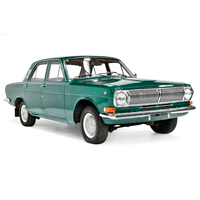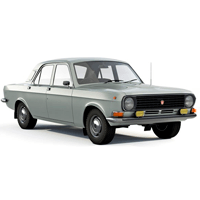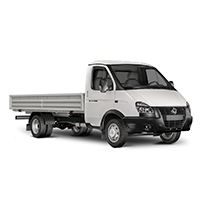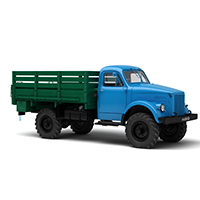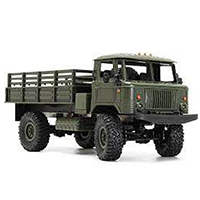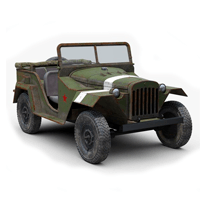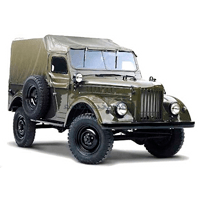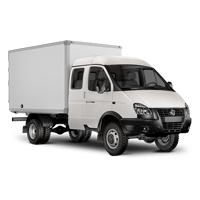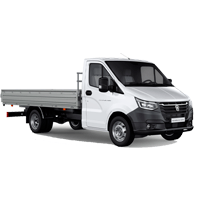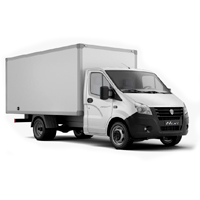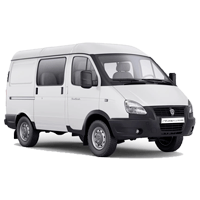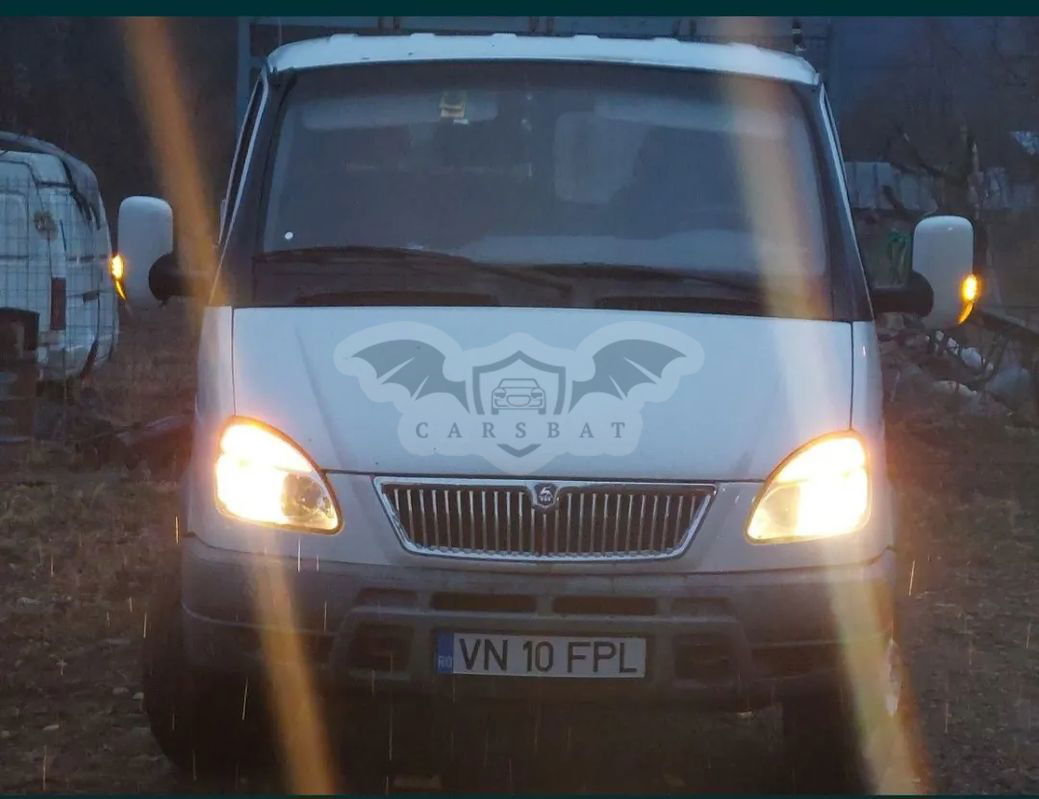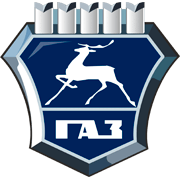
Catalog / GAZ
GAZ: From Soviet Workhorse to Modern Russian Automaker
Gorkovsky Avtomobilny Zavod (GAZ), or Gorky Automobile Plant, stands as a testament to Russia's automotive industry, with a history stretching back to 1932. Founded during the Soviet era in Nizhny Novgorod (then called Gorky), GAZ quickly became the backbone of Soviet industrial might.
The company's journey began with a partnership with Ford Motor Company, producing the GAZ-A and GAZ-AA, licensed versions of Ford models. This collaboration laid the foundation for GAZ's future success. During World War II, GAZ played a crucial role in the Soviet war effort, manufacturing the legendary GAZ-67 light military vehicle, often called the 'Russian Jeep'.
Post-war, GAZ expanded its range, introducing the iconic GAZ-21 Volga in 1956, a car that became synonymous with Soviet luxury and prestige. The Volga series continued to be the flagship of GAZ until the 1990s. Another milestone was the launch of the GAZ-24 in 1970, which served as a reliable taxi and government vehicle for decades.
Interestingly, GAZ was also responsible for producing the Chaika limousines, reserved for high-ranking Soviet officials. The GAZ-13 Chaika, introduced in 1959, was a symbol of power and luxury in the USSR.
The fall of the Soviet Union in 1991 brought significant challenges to GAZ. However, the company adapted to the new market economy, diversifying its product range. In 1994, GAZ introduced the GAZelle light commercial vehicle, which became immensely popular and remains a key product in their lineup.
In recent years, GAZ has focused on modernizing its range, introducing new passenger cars, vans, and trucks. The company has also ventured into electric vehicles, with the GAZelle NEXT electro van showcasing their commitment to future technologies.
Today, GAZ continues to be a major player in the Russian automotive industry, producing a wide range of vehicles from light commercial vans to medium-duty trucks. While facing challenges in international markets due to sanctions, GAZ remains an integral part of Russia's industrial landscape, embodying over 90 years of automotive history and innovation.


